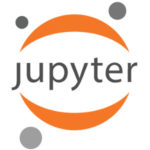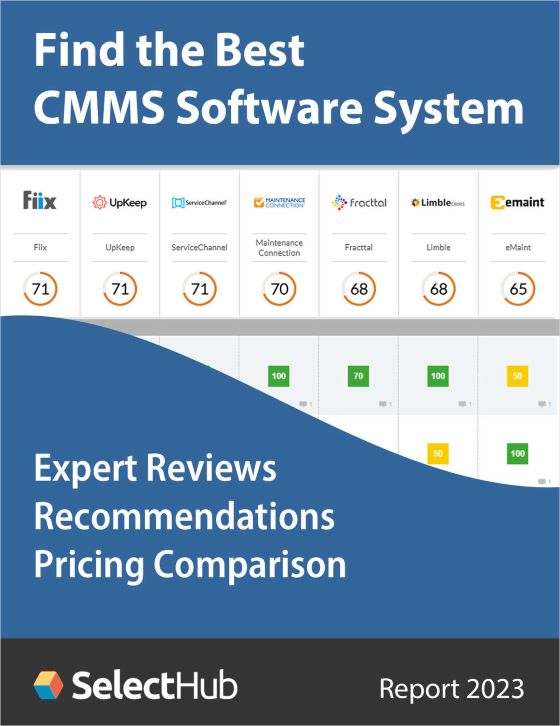“Jupyter is a free, open-source, interactive web tool known as a computational notebook, which researchers can use to combine software code, computational output, explanatory text and multimedia resources in a single document. This podcast looks at how the Bright Jupyter integration makes it easy for customers to use Bright for Data Science through JupyterLab notebooks, and allows users to run their notebooks through a supported HPC scheduler, Kubernetes, or on the server running JupyterHub.”
Podcast: Streamlined Data Science through Jupyter Lab and Jupyter Enterprise Gateway
Tutorial: “How to use Jupyter Notebooks”
In this video from the Blue Waters Symposium, Roland Haas from NCSA presents: Tutorial: How to use Jupyter Notebooks. “Jupyter notebooks provide a web-based interface to Python, R, Julia and other languages. They allow code, code output, and documentation to be mixed in a single document making it possible to contain self-documented workflows. Focusing on Python I will show how to use Jupyter notebooks on Blue Waters to explore data, produce plots and analyze simulation output using numpy, matplotlib and time permitting, I will show how to use notebooks on login nodes and on compute nodes as well as, time permitting, how to use parallelism inside of Jupyter notebooks.”





